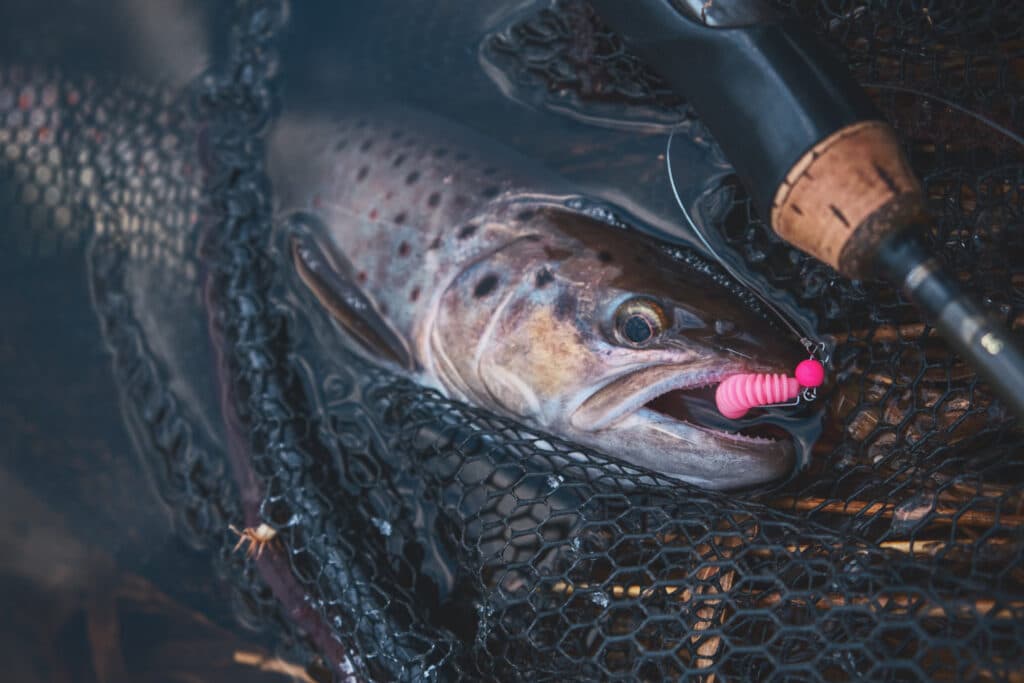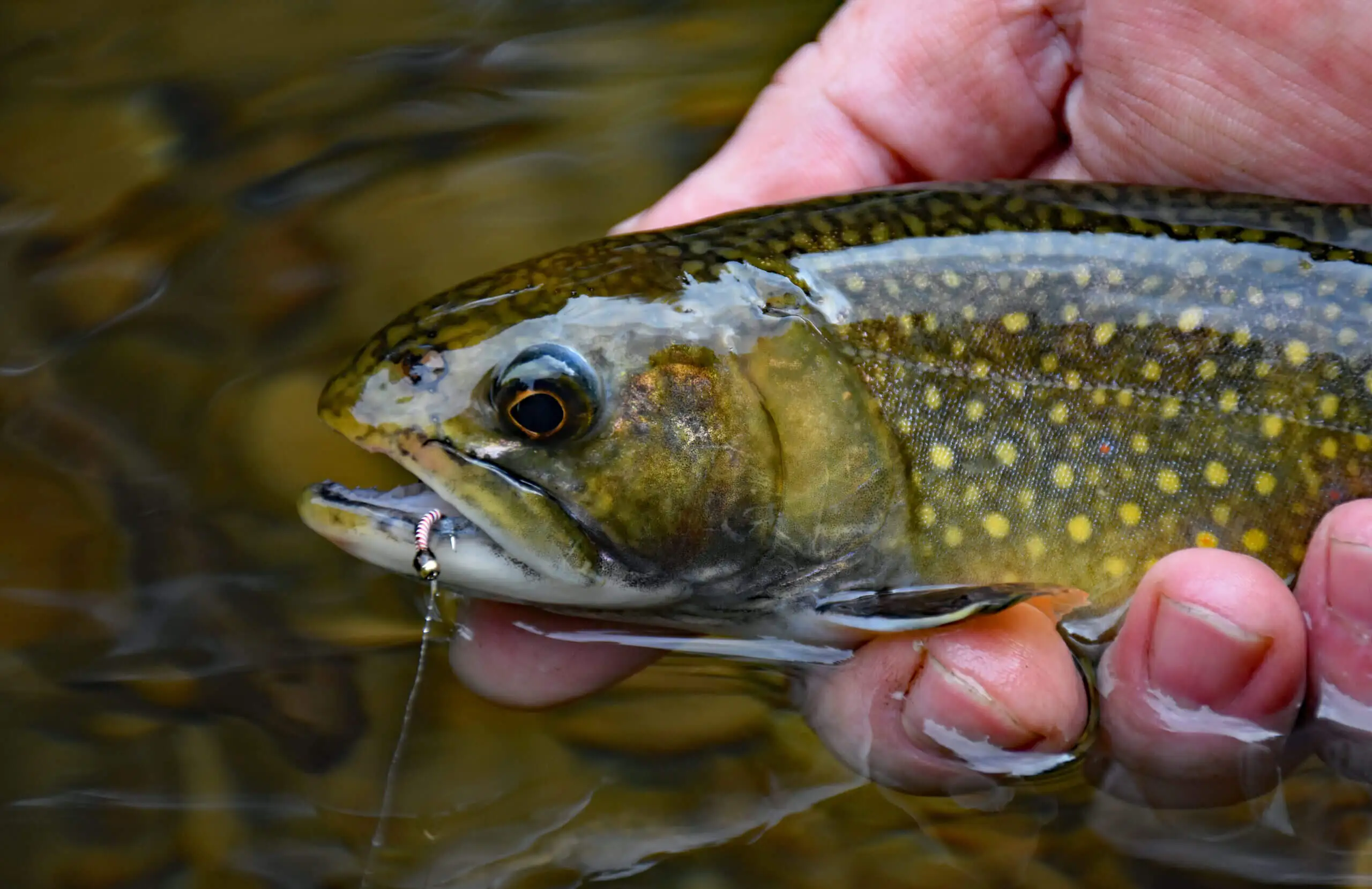Examine This Report about Where To Find Red Wigglers
Table of ContentsThe smart Trick of Where To Find Red Wigglers That Nobody is Talking AboutThe Greatest Guide To Where To Find Red WigglersWhere To Find Red Wigglers Can Be Fun For EveryoneThings about Where To Find Red WigglersRumored Buzz on Where To Find Red WigglersThings about Where To Find Red Wigglers
For ideal outcomes, you intend to strive regarding 60-70% wetness level. The most basic test for this is to press a handful as tough as you can. At the excellent wetness degrees which is just under 70% that handful must barely produce one decline of fluid. pH in a worm container is pretty very easy to maintain.
The Indian Blue is starved, but additionally prefers a warmer climate and it additionally exhibits a propensity to escape the bin. The red wiggler is a hardy worm and isn't as picky regarding its climate. I like to call it the Ford Taurus of vermicomposting worms; you won't brag to your hardcore composting friends that you have them, yet they will offer you well.
Like any other bait, a worm's performance has actually concerned depend on its presentation. H.G. "Tap" Tapply emphasized this point nearly a half century earlier in one of his Field & Stream columns. "A worm is such a shapeless animal," he composed, "there does not seem to be really a lot a fisherman can do with it other than jab it on a hook and throw it right into the water." As Faucet demonstrated, an angler can do a good bargain to make a worm extra attractive.
The smart Trick of Where To Find Red Wigglers That Nobody is Talking About
I believe you will as well if you try them. The smaller sized the trout stream, the better worms job is an axiom that hasn't altered in the 100-plus years because Perry wrote his post. Fishermens of his age just stuck their weak fly rods with alder tangles and went down a weighted worm right into a deep opening.
Morning is prime feeding time, and the weightless lure's sluggish descent leaves 5 inches of wriggling healthy protein in complete view for a long time. After you've made the cast, keep the bond open and put the pole in a forked stick. The line will certainly drop off the pole in sluggish loops as the worm works out, however more frequently than not the sluggish loops will certainly become a blur, and the morning will suddenly get rather intriguing.
I normally make use of a whole 'spider, favor marabou clothing, and go down the pole for two or 3 seconds when I get a hit.
If it's there, established the hook with a sweep rather than a jerk. When in a while you'll find on your own hooked to those slow-moving, hearty pulls, and feel the weight of a nice walleye.
More About Where To Find Red Wigglers
When the heavy walleyes relocate on to the big-water shoals in the late summertime, attempt pursuing them with a bucktail jig and a 1-inch pinch of nightcrawler. The bait covers the hook factor, disperses weeds, and offers a preference of target. With absolutely nothing dangling or flapping, it remains safe no matter of existing, casts, or enthusiastic panfish.
Whether you're wading or fishing from a watercraft, drifting worms is one of the fantastic browsing techniques for bigger rivers. For trout, a spade-dug, 4-inch garden worm is the appropriate dimension; for bass, walleyes, and steelhead, a nightcrawler might be a far better choice. The trick is to drift the lure via feeding and holding areas since fish check my source in current are not mosting likely to ferret out the bait, as they may in still water.
Fish the shifts: mouths of tributaries, bank-side slicks, and the sides of large swimming pools. His motto uses to any kind of number of angling maneuvers, including the issue of adding a piece of worm to a damp fly.

The Ultimate Guide To Where To Find Red Wigglers
Load it with shredded newspaper, leaves, peat moss, and soil. Moisten gently. Cover and let sit for a week. Add a few hundred worms and feed them 2 times a week. Keep the bedding damp but not wet. On the food selection: lettuce, vegetables and fruit waste, and the occasional nongreasy leftover.
Simply like veggie scraps, you can take your made use of coffee grounds and include them to a worm box. Worms love consuming coffee grounds. With the ideal problems and moist, healthy soil, worms can stay in a container of dust for around three weeks. Store out of direct sunlight and keep at a temperature level between 50 and 80 degrees.
When the hefty walleyes carry on to the big-water shoals in the late summer, attempt going after them with a bucktail jig and a 1-inch pinch of nightcrawler. The bait covers the hook factor, disperses weeds, and provides a preference of prey. With absolutely nothing dangling or waving, it remains secure no their explanation matter existing, casts, or enthusiastic panfish.
The Main Principles Of Where To Find Red Wigglers
Whether you're wading or fishing from a watercraft, drifting worms is one of the excellent browsing strategies for bigger rivers. Where To Find Red Wigglers. For trout, a spade-dug, 4-inch garden worm is the right dimension; for bass, walleyes, and steelhead, a nightcrawler might be a far better choice. The trick is to wander the lure via feeding and holding locations since fish in existing are not mosting likely to chase down the lure, as they may in still water
Strikes will certainly come as a sharp visit site tug rather than a pull or rap. Fish the transitions: mouths of tributaries, bank-side slicks, and the edges of huge pools. As the late Ed Zern, Field & Stream's great humorist, once placed it: Anglers are born truthful however they overcome it. His rule puts on any kind of variety of angling maneuvers, including the matter of adding an item of worm to a damp fly.
Raising your very own lure suggests you can slip out of the residence and struck the pond before Mama comes homejust like in the old days. Below's just how to keep a worm box: Cut a sheet of CDX-grade plywood, which is made with waterproof adhesives, to your measurements. Nail it with each other and drill a loads 12-inch holes in all-time low for water drainage.
Where To Find Red Wigglers - An Overview
Load it with shredded paper, leaves, peat moss, and dirt. Moisten gently. Cover and let sit for a week. Add a few hundred worms and feed them two times a week. Keep the bedding moist however not damp. On the menu: lettuce, fruit and vegetable waste, and the occasional nongreasy surplus.
Just like veggie scraps, you can take your used coffee grounds and include them to a worm box. Worms love consuming coffee premises. With the ideal problems and moist, healthy and balanced soil, worms can reside in a bucket of dust for around 3 weeks. Shop out of direct sunlight and keep at a temperature level between 50 and 80 degrees.